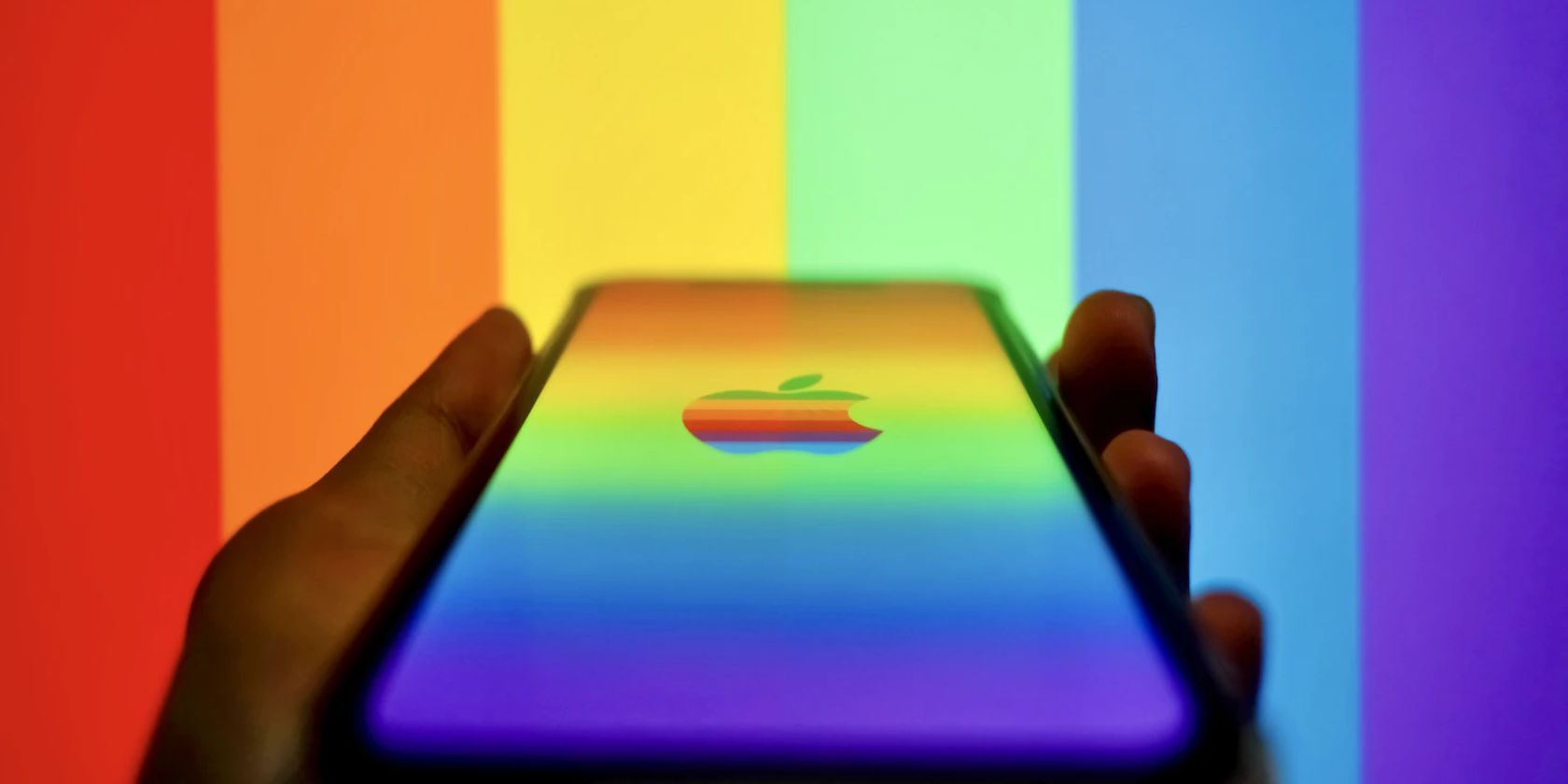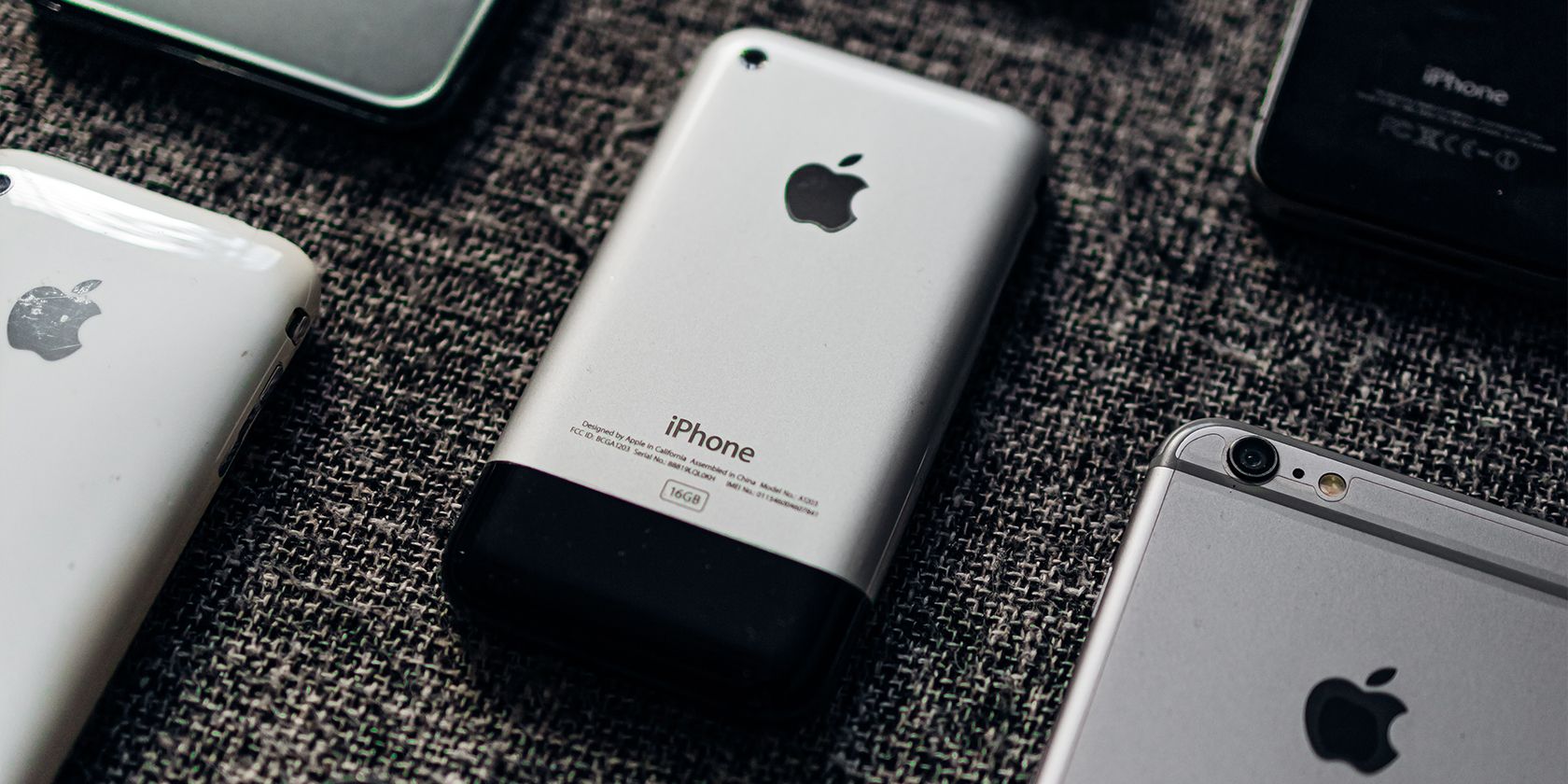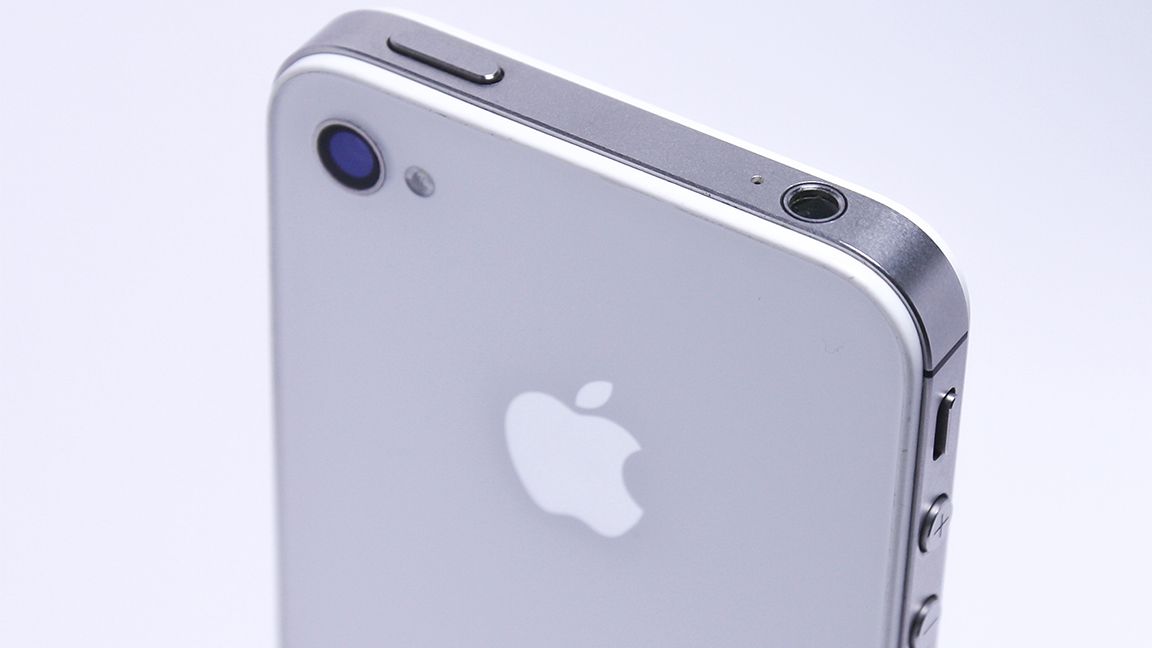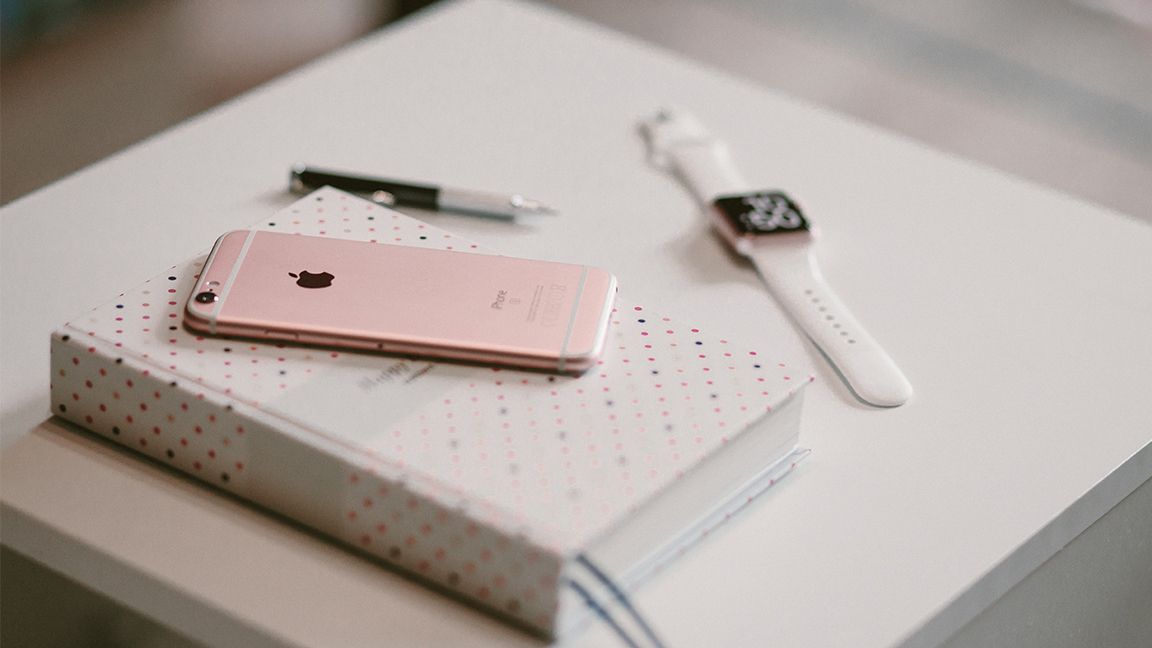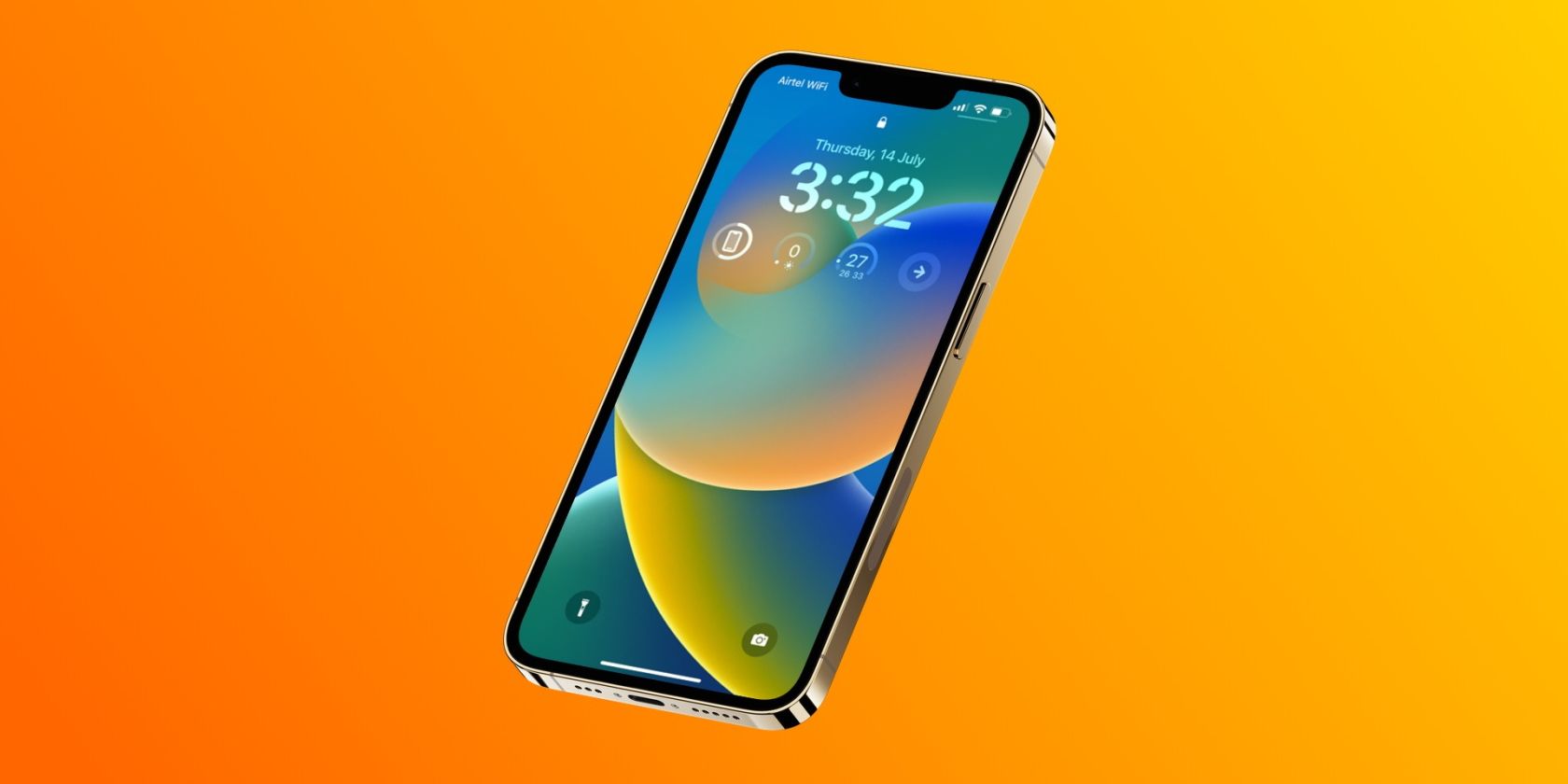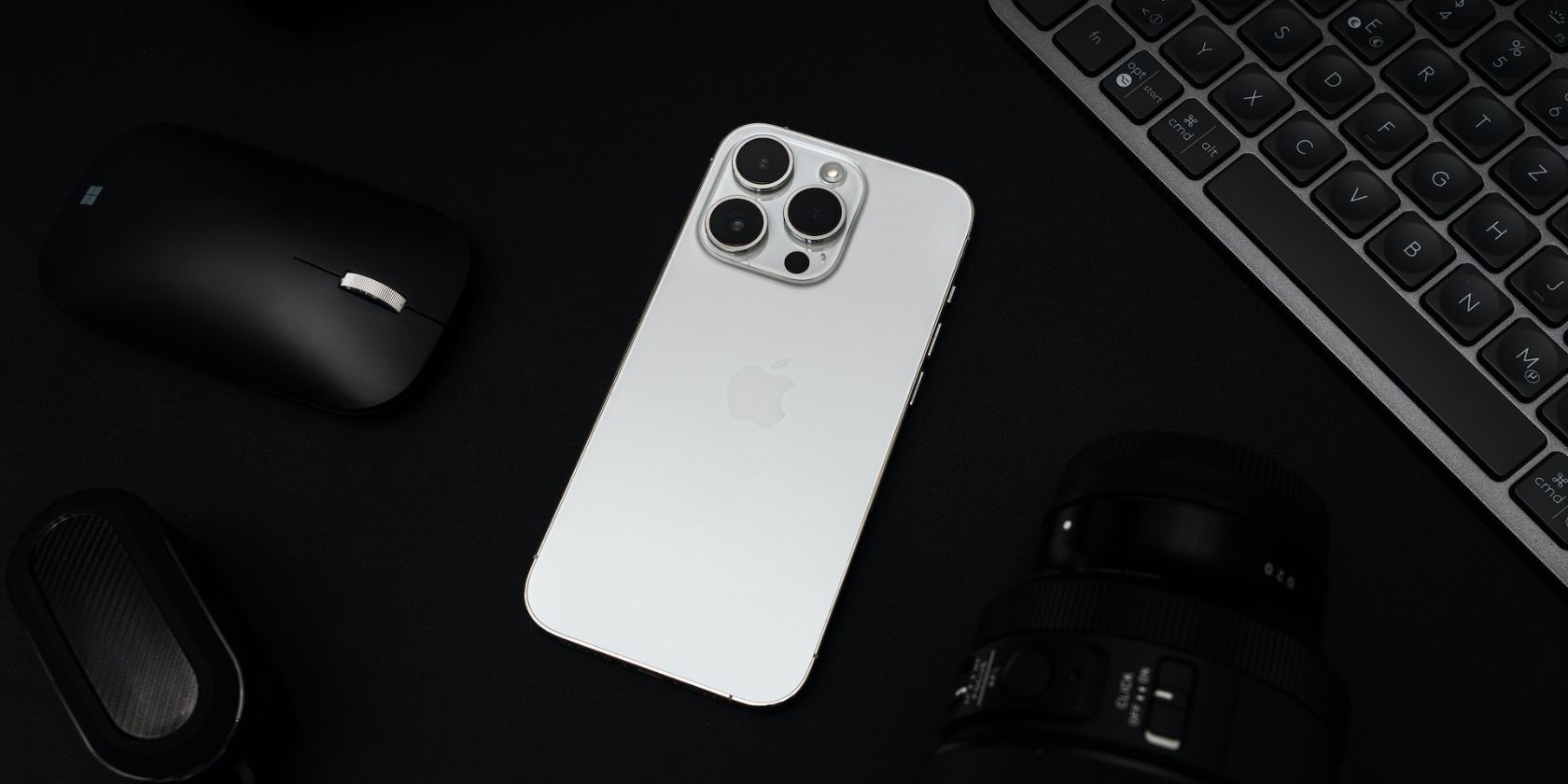The iPhone has come a long way, but like any piece of technology, it had a humble beginning with a road full of challenges and uncertainties to become as extraordinary as it is today.
Here, we'll take a look back at the evolution of the iPhone and the key improvements each generation brought, from the first original iPhone released in 2007 all the way to the bleeding-edge iPhone 14 Pro Max released in 2022.
2007–2009: The Original iPhone
2007 marks the birth of the iPhone, but the idea of an "Apple phone" was conceived years earlier. In fact, Steve Jobs approved the project towards the end of 2004. The $499 original iPhone (aka iPhone 2G) was a fusion of "an iPod, a phone, and an Internet communicator" and had the iconic two-tone finish that no other iPhone has replicated to date.
By today's standards, its 3.5-inch TFT screen, 2MP camera, 128MB RAM, 1400mAh battery, and up to 16GB storage seem primitive. But they were what made the original iPhone stand out against phones with physical keyboards and sell a total of 6.1 million units.
In 2008, Apple introduced the iPhone 3G with iPhone OS 2 and App Store support alongside 3G network capability. In 2009, the iPhone 3GS had a much faster Samsung-made chip, a 3MP camera with video recording, 256MB RAM, and up to 32GB storage.
2010–2012: Siri and the First Apple Chip
In 2010, the iPhone 4 received a major design refresh, including flat sides, circular volume buttons, a glass back, and stainless steel frame. It also added a 5MP camera with 720p HD video, 512MB RAM, an LED flashlight, a 326 PPI "Retina" LCD panel, a selfie camera for FaceTime, support for multitasking, and the first Apple-branded A4 chip. The device sold 1.7 million units in the first three days of release.
The iPhone 4S that came out in the following year couldn't possibly keep up the same momentum, but it did offer an 8MP camera with 1080p FHD video, an Apple A5 chip, and up to 64GB storage. But most importantly, it introduced iMessage and Apple's much-hyped voice assistant Siri which helped the device sell four million units in the first three days.
In 2012, the all-aluminum iPhone 5 offered a larger 4-inch screen, 1GB RAM, 720p HD selfie video, and a faster A6 chip. It also allowed 4G speeds and replaced the old 30-pin connector with the Lightning port. The device sold over five million units in the first three days and set another record for the iPhone.
2013–2015: Best-Selling iPhone of All Time
In 2013, Apple doubled the Home button on the A7-powered iPhone 5S as a fingerprint reader, dubbing the feature Touch ID. It also launched a budget iPhone 5C with a polycarbonate shell in various colors. Combined, the devices sold nine million units on the weekend of their release.
Later, in 2014, Apple introduced the iPhone 6 lineup, and for the first time, we got a "Plus" model for fans of large-screen devices. Apple sold four million units of the iPhone 6 series on the first day and 220+ million units in total, making the series the best-selling smartphone of all time! Sadly, the bigger form factor and all-aluminum unibody design also caused some structural issues, aka "bendgate."
In 2015, the more durable iPhone 6S series introduced the pressure-sensitive 3D Touch feature that many fans still miss. It also had a faster A9 chip, 12MP rear camera with 4K video, a 5MP selfie camera, 2GB RAM, and a new vibration motor called Taptic Engine for better haptic feedback. The iPhone 6S sold 174.1 million units in total.
2016–2018: Goodbye Bezels, Hello Notch
Given its massive success in 2015, Apple was happy with its pricing for the iPhone 7 and 7 Plus models, which cost $649 and $749 at launch, respectively. Both devices got a decent spec bump, and the Plus model got a new 12MP telephoto camera—the first on an iPhone. Sadly, Apple removed the headphone jack and made modern flagship phones worse.
By 2017, it had been 10 years since the original iPhone came out. Apple celebrated the iPhone's 10th anniversary in style by introducing the iPhone X with a brand-new 5.8-inch bezel-less display alongside features like Face ID, wireless charging, and an OLED panel for a whopping $999 price tag.
However, despite the price, it sold 60+ million units due to the radical redesign that put it ahead of the Android competition (for a while). The inferior (but cheaper) iPhone 8 series that Apple released in the same year sold 86.3 million units.
Apple adopted the modern iPhone design language across its 2018 lineup, which included the iPhone XR, XS, and XS Max. The XR replaced the iPhone 8, the XS replaced iPhone X, and the new XS Max offered a bigger 6.5-inch screen and 3174mAh battery for $1,099. The XR was the cheapest and available in various colors—reminiscent of the 2013 iPhone 5C—and sold 77.4 million units.
2019–2021: Triple Cameras and No Chargers
In 2019, the iPhone lineup got its third design refresh in the form of a new triple-camera system, adding a new 12MP ultrawide lens to the iPhone 11 Pro and Pro Max. It was a pretty minor upgrade for the most part, but the $699 base iPhone 11 sold 159.2 million units—more than double its predecessor, the iPhone XR.
In 2020, the iPhone 12 added 5G but controversially removed the charger from the box. The series returned to the squared-off design of the iPhone 4 that many fans loved. Apple also brought OLED displays to all models, released a 5.4-inch mini variant, and gave the 6.7-inch Pro Max variant sensor-shift OIS. The series sold 100+ million units in seven months.
In 2021, the iPhone 13 series greatly improved battery life and camera quality and also tossed in a 120Hz "ProMotion" display for the Pro models. Combined, the series reportedly sold 40+ million units (and counting) despite a slowing global smartphone market.
2022 and Beyond: Introducing the Dynamic Island
In 2022, Apple finally replaced the old notch with the pill-shaped Dynamic Island cutout. Although not revolutionary, you can mark it as the fourth biggest design refresh to the iPhone lineup. Sadly, it's only available on the Pro models, meaning the iPhone 14 still has a notch.
There's also no 48MP camera, no Always-On Display, and no A16 chip on the iPhone 14, unlike the Pro models. Clearly, Apple is trying to widen the gap between the Pro and non-Pro iPhones. Also, given the commercial failure of mini-sized iPhones, Apple reintroduced the "Plus" variant with the iPhone 14 series.
Celebrating the iPhone's Massive Success
Excluding the cheaper iPhone SE series, Apple has released 35 iPhone models to date and sold more than two billion iPhones worldwide since the lineup's inception in 2007.
And when you think about that for a second, you'll realize that the iPhone truly revolutionized the smartphone industry and left a mark in history for all of us to remember.

